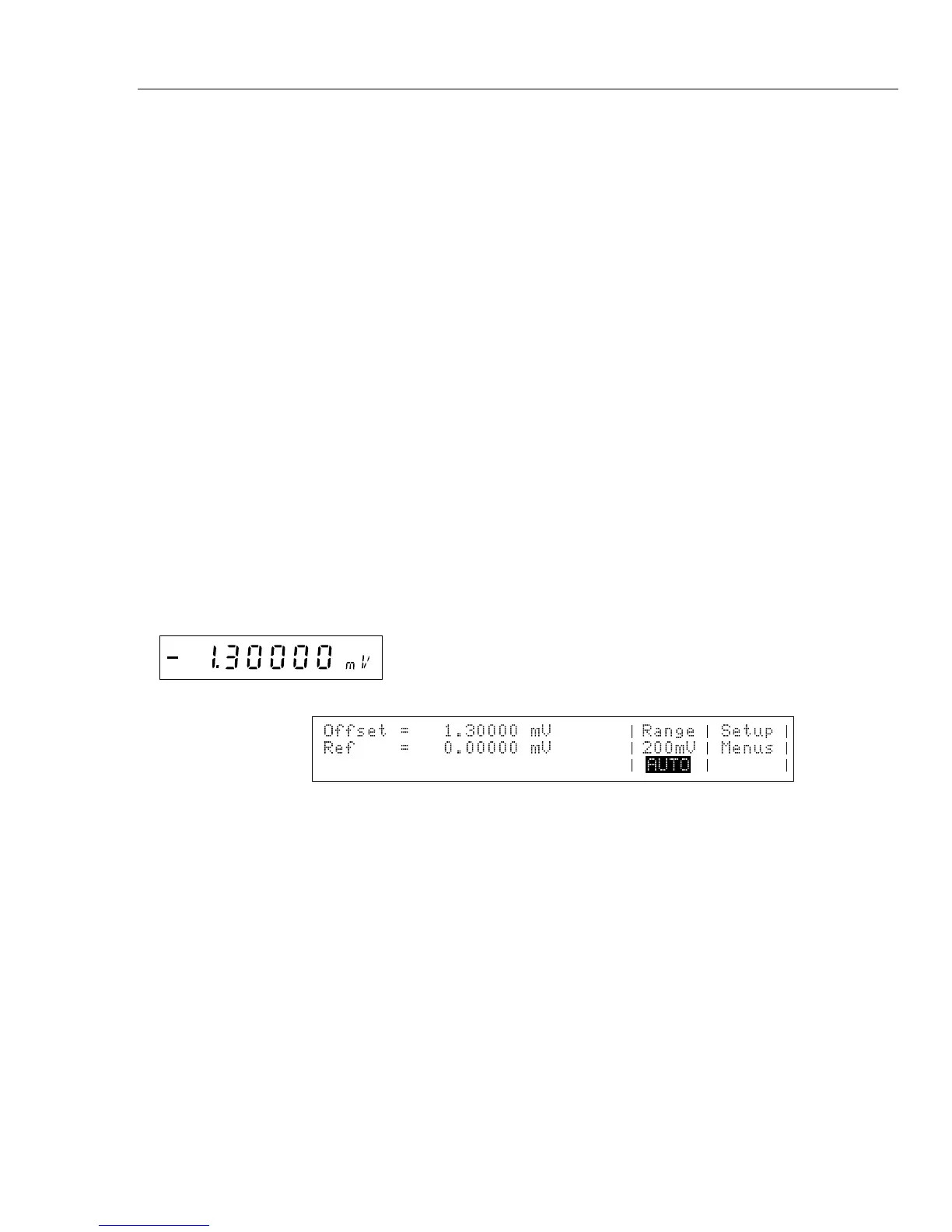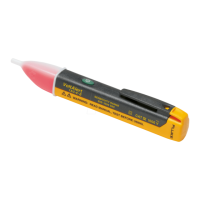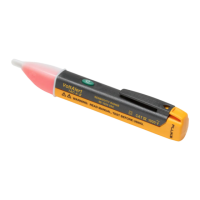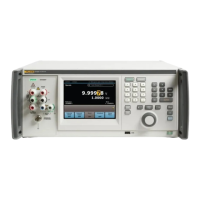Front Panel Operation
Programming an Offset 4
4-45
4-48. Programming an Offset
You can use o when in the dc voltage or current function any time you want to offset
the calibrator’s output by a fixed amount. After you establish an offset, it is subtracted
from all later keyboard entries to compensate for a UUT's offset error. You turn off this
offset by pressing
o again. Both the offset value and the keypad-entered reference
value are shown on the Control Display. The Output Display shows the true output value.
The
o key may be used to establish a zero-scale endpoint, which you can then use with
Sto check the linearity of a UUT. (See the example under “Linearity Checking Using
Offset and Scale.”)
To program an offset, proceed as follows:
1.
Set the calibrator to output 0 mV dc in operate mode. The easiest way to do this is to
press
r, then press O.
2.
Adjust the calibrator’s output with the rotary knob (and arrow keys if necessary) until
the UUT reads 0V.
3.
Press o. This stores the output value as the offset value.
The calibrator’s output value is now 0V minus the offset value, in this example, the 1.3
mV output value is shown on the Output Display. The calibrator’s reference value is set
to 0V. The reference value is shown on the top line of the Control Display. The offset
value is shown on the second line of the Control Display. After step 2, the Control
Display and Output Display look like this:
Output Display
Control Display
If you enter a new value, the offset value is subtracted from the new value to create the
new output. The newly entered value becomes the new reference value shown on the
middle line of the Control Display. For example, if you enter 1V, the Output Display
shows +0.9987000V while the Control Display shows “Ref = 1.0000000V”. The offset
value remains in effect until you press
o again, turn off the power, select a different
output function (for example, changing from voltage to current output), or press “Setup
Menus”.

